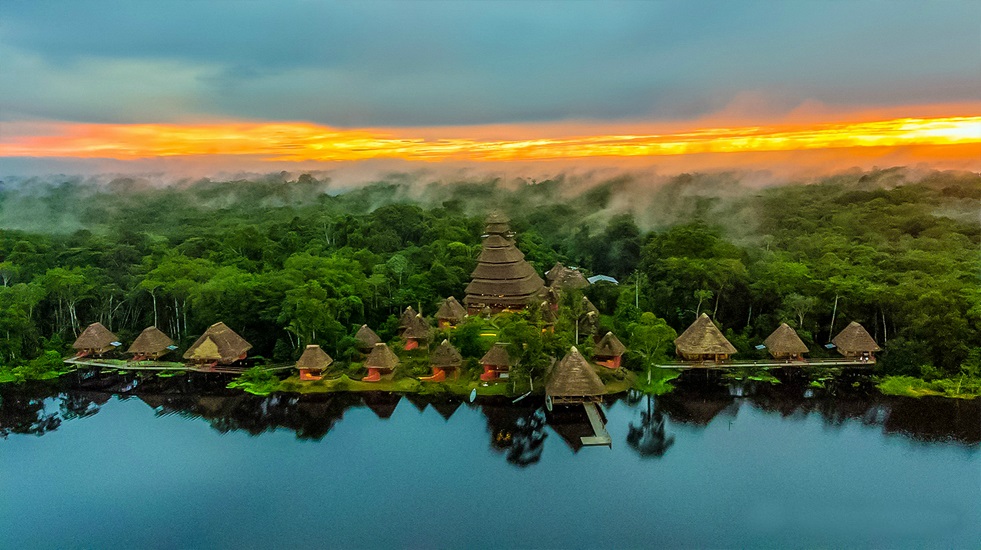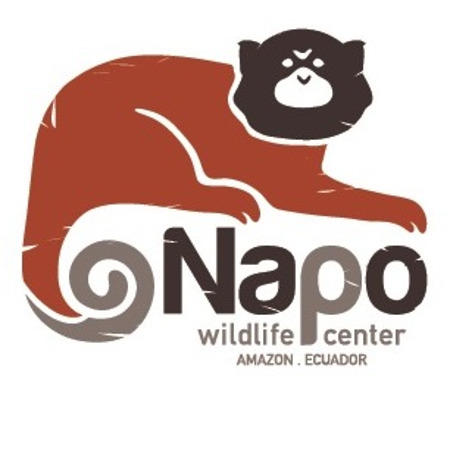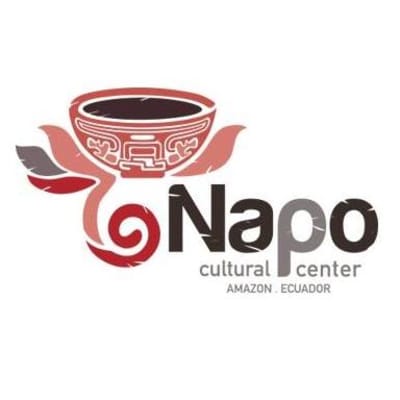Conservation Area
Habitat Reserve / Ancestral Land
Napo River, km 14.5 on the right side, El Coca, Ecuador
-0.496657, -76.423025


In the middle of the Amazon Rainforest, within the Yasuní National Park, there is a place where tourism mixes with the most beautiful songs of nature and the ancient culture of the Amazon people.
Yasuní means Sacred Land in the local Kichwa tongue, as it maintains a great biodiversity of flora and fauna. That’s why UNESCO named it as a Biosphere Reserve. In the same way, there are several native groups living here for generations, like the Kichwa Añangu, who live in harmony with nature on their 21 400 hectares of ancestral land.
However, this fragile environment has been threatened by extractive activities, as there is petroleum under its soil and its trees - illegally cut - are a perfect resource for some logging companies. Local people were hired there with the offer of development, but having to leave their families. Eventually, all the families might abandon their land, leaving it susceptible to be destroyed.
Having seen this issue, the Añangu people decided to work all together with a tourism model as the way to obtain the livelihood they need. Additionally, they banned hunting, fishing and cutting down of trees on their land.
That is how the Napo Wildlife Center at first, and then the Napo Cultural Center, were developed as two eco-lodges where people from all around the world can learn and experience the magic of the rainforest, while helping its people to protect it.
The core of the Comunidad Kichwa Añangu project is reinvestment. 100% of the net profits of the business income, fund community needs.


www.napowildlifecenter.com and www.napoculturalcenter.com
Conservation & Community Highlights:
- The tourism profit leads to 100% investment into community and conservation efforts
- Species protection, such as: Jaguar, Giant Otter, Harpy Eagle, Bush Dogs, Arrau Turtle
- Prevention of hunting, fishing and cutting down of trees
- Protecting local culture and ancestral land
Future Aims:
- Finding volunteers to teach languages and other skills in the Community School
- Solar Panels for electricity
- Boats with electrical engines
- Biogas usage
- Develop an agreement with a University to develop research